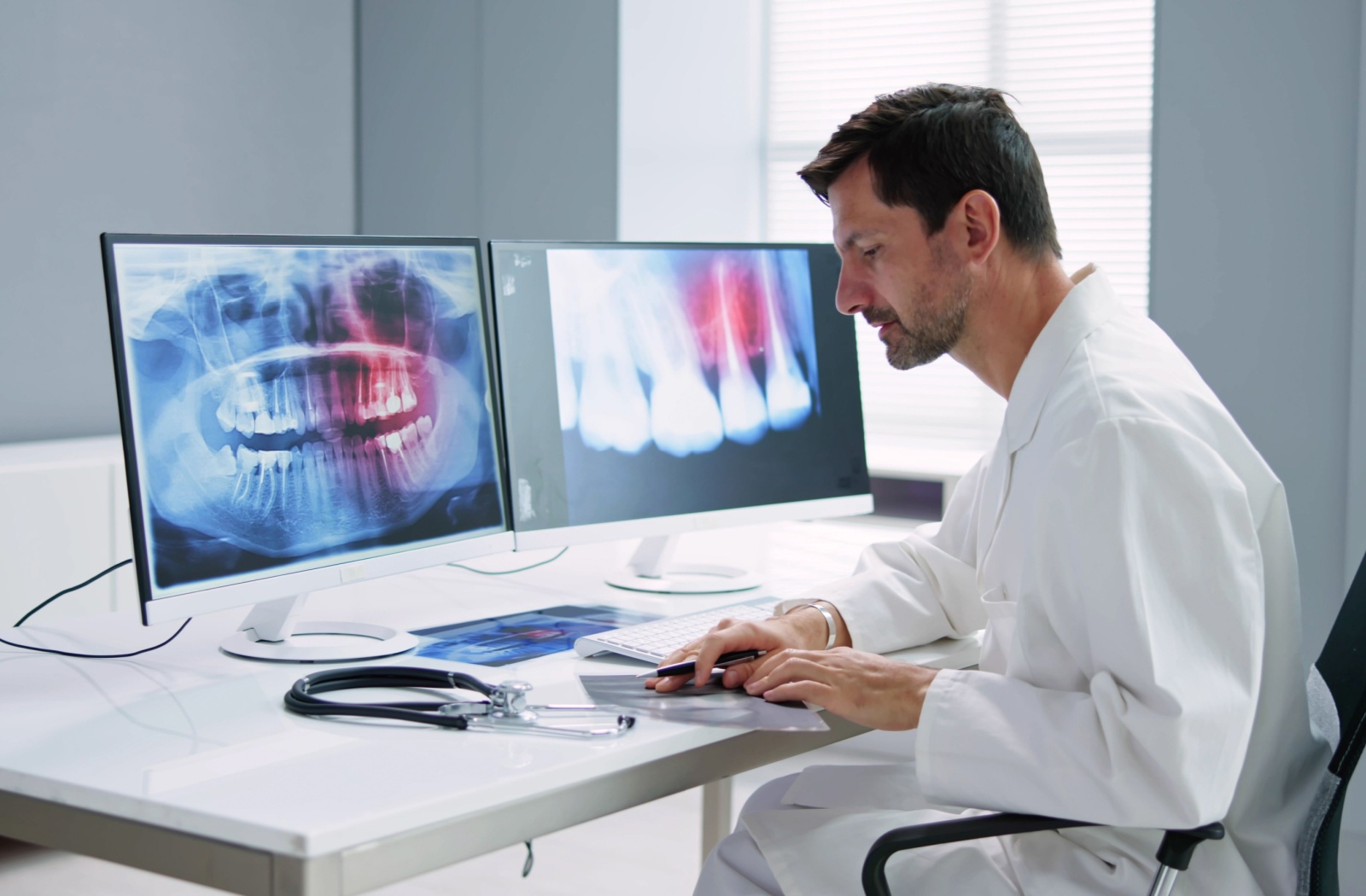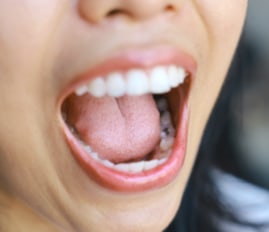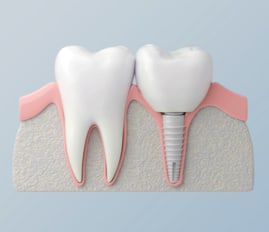Dental X-rays are essential for maintaining oral health, providing dentists with a clear view of potential underlying issues that might go unnoticed during routine checkups. While the idea of X-rays may seem concerning due to radiation exposure, advancements in technology have made dental X-rays safer, especially when you consider options like digital X-rays.
All medical procedures carry some level of risk — dental X-rays included. That’s why it’s important to consider the overall impact on your health, weighing both the benefits and potential risks. A holistic dentist can guide you in making informed decisions, helping determine whether an X-ray is truly necessary and how to keep your exposure to a minimum.
The Purpose of Dental X-Rays
Dental X-rays play a pivotal role in preventive and diagnostic dental care. By helping dentists visualize parts of your teeth and jaw they cannot see during a dental exam, X-rays allow for early detection of common dental problems such as:
- Cavities between teeth or hidden beneath fillings
- Bone loss associated with gum disease
- Impacted teeth, such as wisdom teeth that haven’t fully erupted
- Abscesses, infections, or cysts in the jawbones
- Developmental abnormalities in children and teens
You may not need dental X-rays at every appointment. Your dentist will recommend their frequency based on your overall oral health.
Types of Dental X-Rays
There are several types of dental X-rays, each with its specific purpose. Understanding these can help you feel more informed during your dental visits.
Bitewing X-Rays
These X-rays capture detailed images of the upper and lower back teeth and are often used to detect cavities between teeth. Bitewings are frequently taken during routine checkups.
Periapical X-Rays
Focusing on 1 or 2 teeth at a time, periapical X-rays show the entire tooth—from crown to root—as well as the surrounding bone structure. They are beneficial for diagnosing root infections or fractures.
Panoramic X-Rays
Panoramic X-rays provide a comprehensive view of your entire upper and lower jaw. These are often used to identify impacted teeth, evaluate potential implant sites, or assess abnormalities in the jaw and sinuses.
How Safe Are Dental X-Rays?
The primary concern many people have about dental X-rays is radiation exposure. But dental X-rays emit very low levels of radiation, making them safe when used appropriately. Modern X-ray technology adheres to strict safety standards set to ensure minimal risk to patients.
According to the Canadian Nuclear Safety Commission, the radiation dose from a dental X-ray is slightly less than the exposure you’d receive during a short domestic flight. Additionally, the benefits of identifying and treating dental issues often outweigh the minimal risk posed by this small amount of radiation.
Digital X-Rays at Health First Dental
At Health First Dental, the focus is on patient safety and care, which extends to the use of modern dental technology. We use digital X-rays, a safer and more effective alternative to traditional film X-rays.
Why Digital X-Rays Are a Safer Choice
- Reduced radiation exposure: Digital X-rays emit up to 90% less radiation compared to traditional X-rays.
- Superior imaging: They produce high-resolution, detailed images that allow for more accurate diagnoses.
- Environmentally friendly: Digital imaging eliminates the need for chemical processing, making it a more eco-friendly solution.

Benefits of Digital X-Rays
Digital X-rays are transforming the way dental professionals address patient concerns while improving efficiency and care.
Faster Results
With images available instantly on-screen, your dentist can discuss findings and recommendations with you in real time, offering a more collaborative and transparent approach to your oral health.
Enhanced Diagnostics
The incredible detail provided by digital X-rays can reveal even the smallest issues, from micro-cavities to subtle fractures, helping your dentist spot and resolve potential problems before they escalate.
Secure Storage & Sharing
Digital X-rays are easily stored and can be securely shared with other specialists if needed. This facilitates a smooth referral process without the hassle of misplaced or damaged X-ray films.
More Comfortable Experience
The sensors used for digital X-rays are smaller and more ergonomic than the bulky film used in traditional imaging, resulting in a more comfortable experience for patients.
Safety Measures During Dental X-Rays
Health First Dental takes extra precautions to protect patient safety during every X-ray procedure.
- Individualized approach: X-rays are only taken when clinically necessary, based on your specific dental history and needs.
- Trained professionals: All X-rays are performed by highly trained dental professionals adhering to the latest safety standards.
These measures, combined with our use of digital technology, ensure that your exposure to radiation remains as low as possible.
Make Your Oral Health a Priority
With Health First Dental’s modern approach, you can rest assured about the safety of dental X-rays. Advanced digital technology, combined with holistic and patient-centred care, helps support not just a healthy smile but also peace of mind. Take the first step toward a healthier, more confident smile today. Request an appointment at Health First Dental and experience the difference of personalized care.












